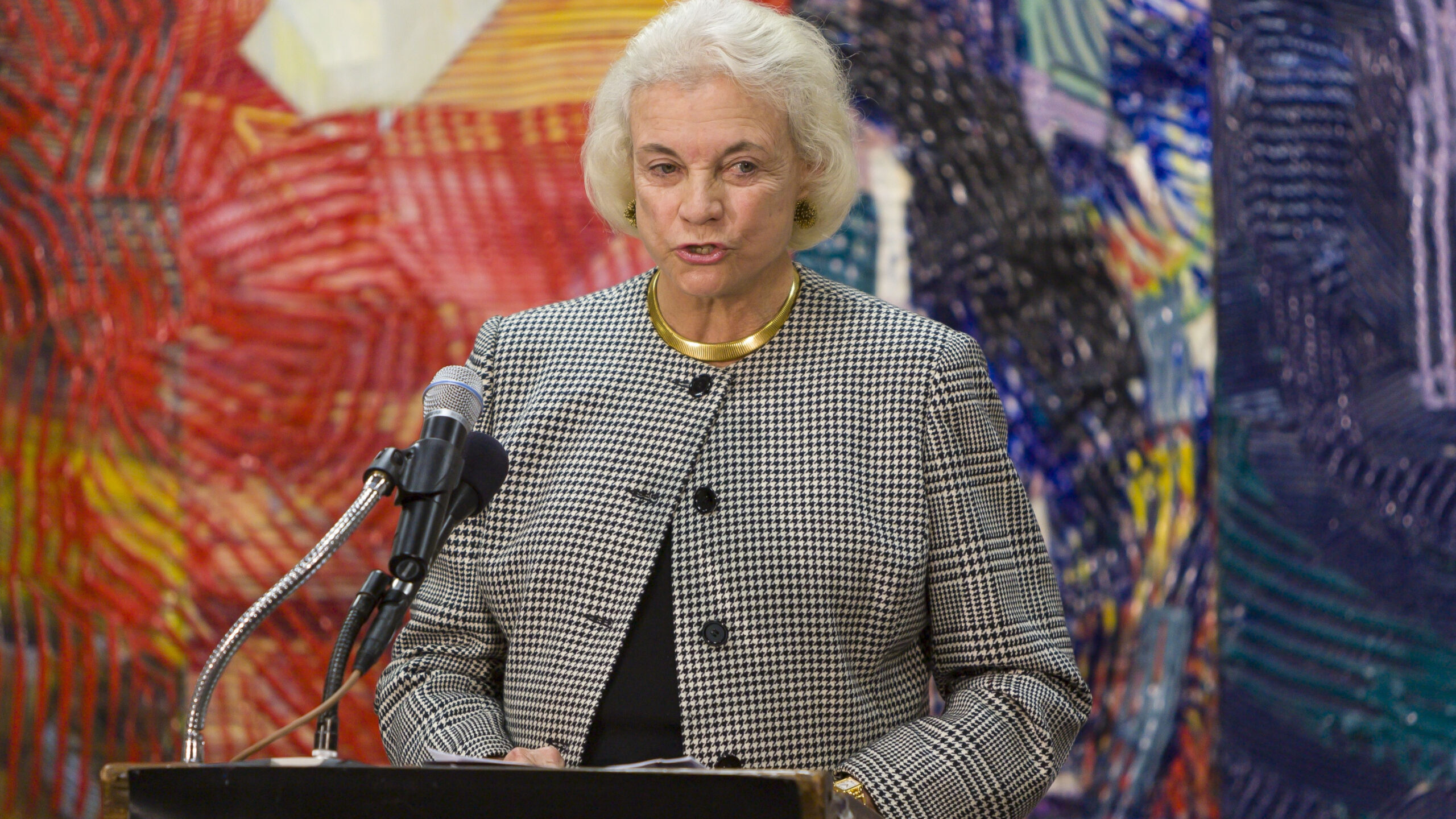75th Anniversary of the Copy Machine, an Example of the Innovators’ Dilemma
Yesterday, NPR had a feature on the copy machine’s 75th anniversary, celebrating this technology’s impact on the workplace.
Clayton Christensen, who coined the term ‘disruptive innovation,’ often uses the copy machine as an example of the innovator’s dilemma, such as in this 1995 Harvard Business Review article, and the 2011 interview excerpted below:
For example, when Canon disrupted Xerox, [Xerox’s] most important customers operated high-speed photocopy centers, and they needed even faster, ever more fully featured machines. These little tabletop copiers (from Canon) could do three or four copies a minute. They couldn’t collate; they couldn’t enlarge or reduce or do grayscale replication. But they made it so much simpler to make photocopies that many people actually had two copiers for a while. For the simple things, we had a little Canon around the corner from our office, and for the high-volume jobs, we still took the work to the corporate photocopy center.
When Xerox listened to its (photocopy center) customers, it got no signal from them that this little tabletop thing was important. But then Canon, little by little, made it better and faster and more capable and more convenient to use until, ultimately, an entirely new market was created. Now it seems that to be within 15 seconds of a high-speed photocopy machine is almost a constitutional right, you know?
And Xerox missed most of that growth. Oddly, it’s because they listened to their customers rather than doing a deeper analysis of, “Well, what is the job that the customer is really trying to get done?”








